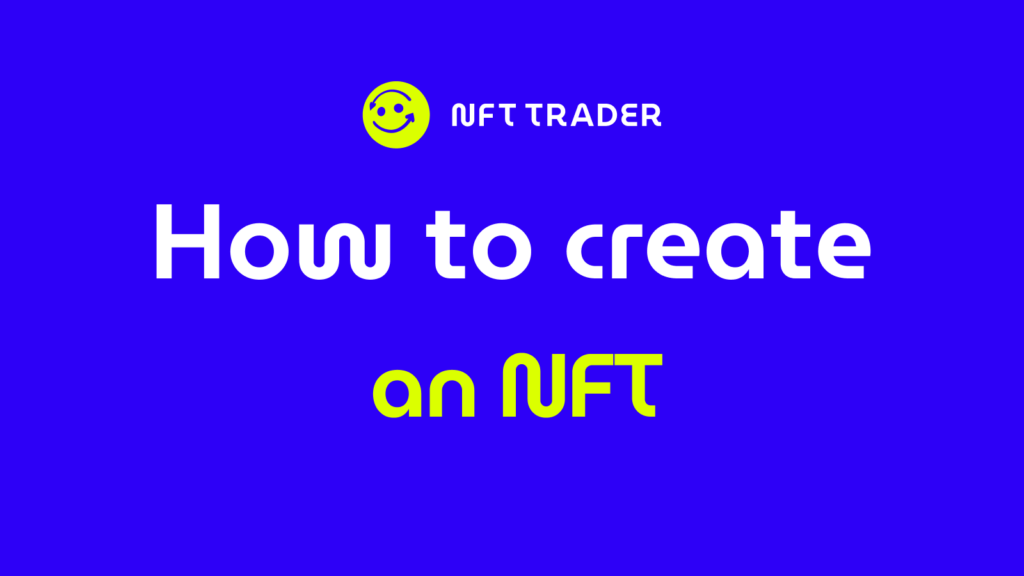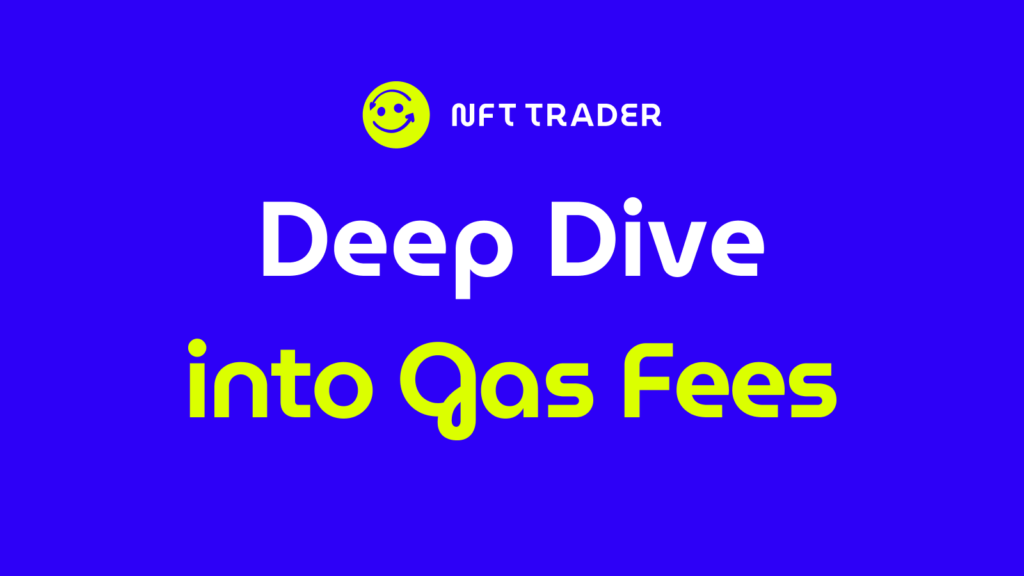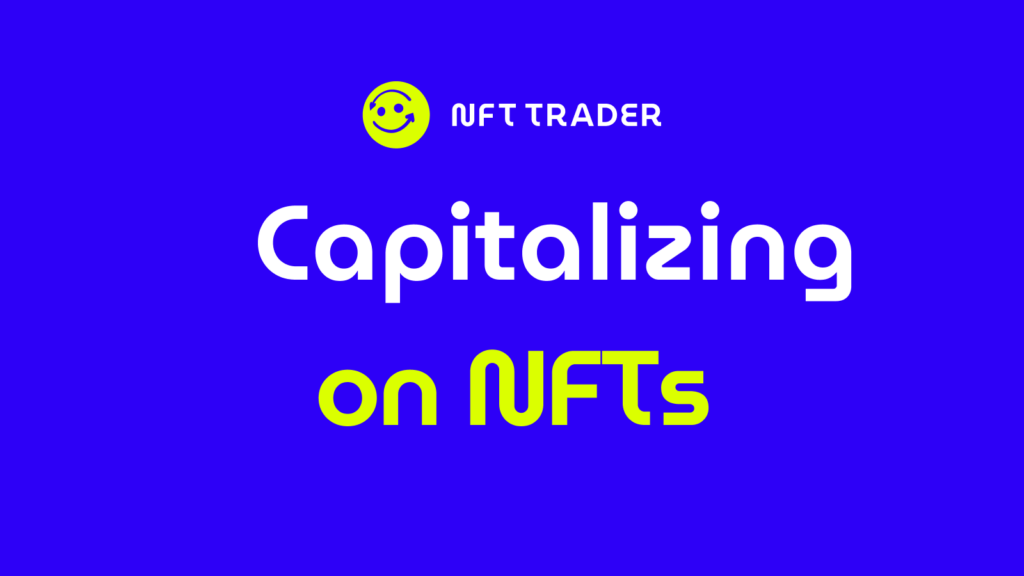How To Create an NFT Collection: From Getting Started To Making It a Success

Non-Fungible Tokens, commonly referred to as NFTs, have emerged as a ubiquitous term in contemporary discourse surrounding digital assets. However, amidst the fervor surrounding this innovative technology, a significant number of individuals find themselves grappling with the intricacies of crafting an NFT Collection. In light of this, it is imperative that we embark on a journey of exploration and comprehension together, delving into the nuanced process of NFT creation.
Summary:
What is an NFT collection?
Primarily, Non-Fungible Tokens (NFTs) are uniquely identified on the blockchain through an NFT ID coupled with a specific smart contract, each of which possesses a distinctive address. This framework allows for the existence of smart contracts that are either shared among multiple collections, exemplified by platforms like the OpenSea Shared Storefront, or dedicated individual smart contracts associated with a particular NFT collection, such as generative art or profile picture (PFP) collections. One can facilitate a query on a smart contract by supplying the NFT ID, enabling the retrieval of its corresponding metadata. Collectively, a set of NFTs, distinguished by varying IDs generated via a smart contract, constitutes an NFT collection.
Steps to create an NFT collection
Ideation and conceptualization
Before creating an NFT, whether it be a piece of digital art or an in-game asset, a thorough examination of the entire product is essential. This is particularly critical as such products are intended for distribution to a diverse audience comprising both collectors and gamers.
Preceding the launch of any NFT collection, it is imperative to engage in a comprehensive brainstorming session involving all stakeholders associated with the project. This is crucial due to the multifaceted nature of the tasks at hand, which necessitate careful consideration:
- Target Audience: A fundamental question is to ascertain the intended user base. Will it cater primarily to gamers, collectors, or is it designed to offer digital memorabilia linked to events tickets?
- Type Definition: Another pivotal decision is to determine the nature of the NFT. Will it take the form of a profile picture (PFP), a manually crafted piece of art, or perhaps a generative NFT art piece?
- Theme Development: Is there a central theme guiding the NFT collection? Is it aligned with current trends or does it center around inclusivity, encompassing a diverse array of individuals?
- Storyline Incorporation: The incorporation of storytelling holds immense significance within the NFT space. Not only does it serve to maintain a vibrant and engaged community, but it also plays a pivotal role in the ultimate success of an NFT collection.
Designing the artworks
Once all the aforementioned aspects are delineated, a pivotal phase ensues: the design of the NFTs. The artworks unveiled prior to the collection’s launch carry significant weight, offering a tantalizing glimpse into the potential of the NFT. In the case of a Profile Picture (PFP) project, it is imperative to identify and collaborate with artists who will create the requisite designs for the launch. PFP initiatives typically feature designs focusing on the upper torso, often drawing inspiration from anime, widely recognized objects, or amalgamating human and animal characteristics.
Choose a blockchain
Another critical consideration is the choice of blockchain platform for launching the NFT or the collection. The landscape has undergone significant transformation since 2020, with distinctions now arising between Layer 1, Layer 2, EVM, and non-EVM platforms. This provides a diverse array of opportunities. For those prioritizing cost-effectiveness in terms of transactions, Layer 2 and certain Layer 1 solutions present attractive alternatives. There exists a school of thought suggesting that the blockchain chosen for a collection can impact its perceived value. Nevertheless, it’s important to bear in mind that we are still in the nascent stages of this evolving landscape, and the ultimate decision lies with the creators in determining the optimal launch platform.
Minting the collection
We are now approaching the final stages of the process. Once all the designs have been finalized, the minting phase can commence. There are several options available:
- Utilizing a Third-Party Provider: Opting for a third-party service like OpenSea, Rarible, or Manifold can be an efficient approach, especially if extensive customization at the smart contract level is not a critical requirement.
- Developing Your Own Smart Contract: While deploying your own smart contract presents inherent challenges related to security, it becomes indispensable when a customized smart contract at the blockchain level is necessary. This avenue offers unparalleled flexibility for tailored solutions.
If you’re looking for more information about the minting of NFTs, you could take a look at this article: https://www.nfttrader.io/blog/nft-minting-what-is-it-and-how-does-it-work/
Setting up your collection for success
Pricing and editions
When embarking on the launch of your NFT project, several critical parameters must already be clearly defined. These include the minting price, typically denominated in the native currency of the blockchain, as well as the specified editions of the NFT. The determination of NFT supply carries significant weight, as it can imbue the project with a sense of scarcity; however, conversely, it also imposes a constraint on its potential for growth. These considerations necessitate thorough examination from the project’s outset, as alterations post-release may not be feasible.
After the launch, one of the main factor related to the collection it’s the floor, and we’ve explained in detail here.
Listing on markeplaces
Due to the inherently decentralized and transparent nature of blockchains, once the smart contract associated with the respective NFT Collections is launched, it becomes instantly accessible across all marketplaces. We highly advocate for the adoption of NFT Royalties standards, such as those endorsed by the Manifold Royalties Registry, given that many marketplaces rely on these standards to facilitate seamless royalty payouts.
Additionally, it is customary to incorporate a marketplace fee atop the NFT Royalties, which may be fixed or represented as a percentage of the transaction amount.
It is crucial to acknowledge that certain blockchains, contingent upon the intricacies of how the NFT smart contract is coded, place the responsibility on the marketplace to honor the royalties, as some early smart contracts may lack enforceability.
Each marketplace have is own audience and fees, and you could find here a guide of the most popular NFT Marketplaces
Marketing and Promotion
Navigating the go-to-market strategy for an NFT is a highly intricate endeavor, demanding careful consideration in how the NFT is promoted. Typically, the NFT community congregates on specific platforms, often referred to as “Crypto Twitter” with its common alias “CT”.
Boosting product discovery can be facilitated through avenues such as a well-crafted press release on a prominent crypto platform or forging strategic partnerships with renowned influencers or established companies within the NFT space. These measures can significantly enhance the visibility and credibility of the NFT project.
If the project exudes quality, the community itself is likely to organically promote and share the NFT on social media, potentially catalyzing a viral effect and amplifying brand awareness, as all the projects in general.



